Home>diy>Planning & Engineering>What Does Open Space Zoning Mean
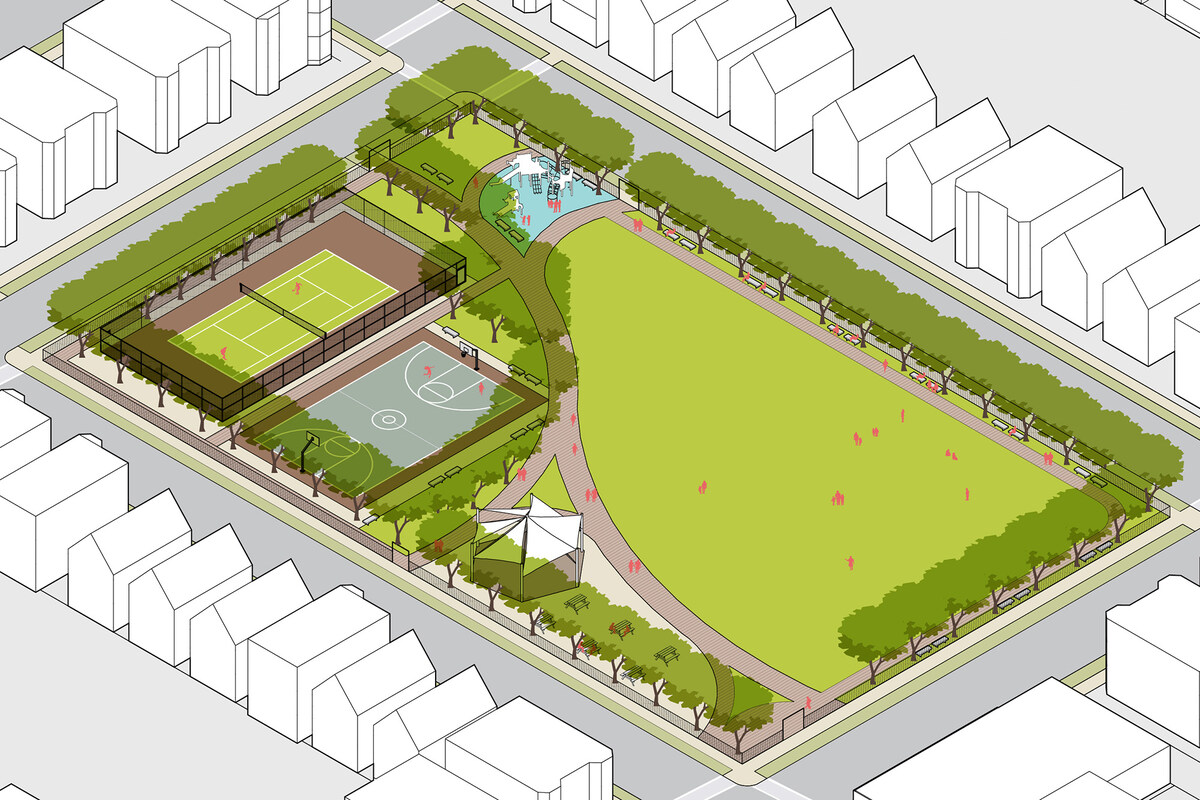

Planning & Engineering
What Does Open Space Zoning Mean
Modified: January 9, 2024
Learn what open space zoning means in the context of planning and engineering. Discover how it influences land use regulations and promotes sustainable development.
(Many of the links in this article redirect to a specific reviewed product. Your purchase of these products through affiliate links helps to generate commission for Storables.com, at no extra cost. Learn more)
Introduction
Welcome to the world of open space zoning – a concept that has gained significant traction in urban planning and land management. As cities continue to expand and natural resources become increasingly scarce, the need to preserve and protect open spaces has become paramount. Open space zoning plays a crucial role in maintaining a balance between urban development and environmental conservation.
Open space zoning refers to the designated areas within a city or municipality that are set aside for public, recreational, or ecological purposes. These areas are intentionally left undeveloped or minimally developed to provide a range of benefits for both the community and the environment.
Open space zoning aims to strike a harmonious relationship between human activities and the natural world. It recognizes the importance of maintaining green spaces, parks, forests, wetlands, and other natural areas within urban landscapes. By preserving these areas, open space zoning not only enhances the quality of life for residents but also safeguards the ecosystems that support biodiversity, water resources, and air quality.
At its core, open space zoning seeks to achieve sustainable development by creating a balance between urbanization and environmental preservation. By allocating specific areas for open spaces, cities can protect natural habitats, maintain ecological corridors, and provide recreational opportunities for residents.
This article will delve deeper into the concept of open space zoning, its purpose, benefits, types, regulations, and successful examples. We will also explore the challenges and limitations of implementing open space zoning, as well as the strategies used to overcome them. So, let’s embark on a journey to understand the significance of open space zoning in creating vibrant and sustainable communities.
Key Takeaways:
- Open space zoning balances urban development and environmental conservation by designating areas for recreation, wildlife preservation, and cultural heritage, enhancing quality of life and sustainability.
- Successful open space zoning initiatives, like Central Park and Vancouver’s Greenest City Action Plan, demonstrate the transformative power of preserving and utilizing open spaces for vibrant, sustainable communities.
Read more: What Does RM Zoning Mean
Definition of Open Space Zoning
Open space zoning refers to the practice of designating specific areas within a city or municipality for the preservation of open spaces. These areas are identified and protected to maintain natural features, provide recreational opportunities, and support ecological systems. The zoning regulations define the allowed uses and limitations of these areas, ensuring their long-term preservation.
Open space zoning is a proactive approach taken by communities to prevent the unchecked urbanization and overdevelopment of land. It recognizes the importance of maintaining and protecting open spaces, such as parks, greenways, wetlands, forests, and agricultural lands, for the well-being of residents and the overall health of the environment.
By designating these areas as open spaces, local governments can effectively control the use of land and ensure that these precious resources are not lost to unchecked development. Open space zoning grants legal protection to these areas, making it difficult for developers to convert them into residential or commercial developments.
Open space zoning is guided by the principle of smart growth, which promotes sustainable development practices that minimize the impact on natural resources and maximize the benefits to the community. It takes into account factors such as population density, habitat preservation, connectivity, and public access when designating and managing open spaces.
Open space zoning can be implemented at different scales, from regional planning to neighborhood-specific zoning. It integrates the concept of open spaces into the overall city planning process, ensuring that these areas are strategically located and accessible to residents. It also encourages the creation of interconnected green networks, promoting biodiversity and providing recreational opportunities for residents.
Moreover, open space zoning often includes guidelines for the design and maintenance of these areas, ensuring that they are well-maintained, safe, and aesthetically pleasing. It may involve the establishment of trails, bike paths, picnic areas, and playgrounds to encourage community engagement and physical activity.
Overall, open space zoning is a vital tool in urban planning and land management that seeks to strike a balance between development and environmental conservation. By preserving and protecting open spaces, communities can ensure a sustainable and high-quality living environment for current and future generations.
Purpose of Open Space Zoning
Open space zoning serves several important purposes in urban planning and land management. The primary goal is to strike a balance between urban development and the preservation of natural resources, creating sustainable and vibrant communities. Here are some key purposes of open space zoning:
1. Protecting the Environment: One of the primary purposes of open space zoning is to protect and preserve the natural environment. By designating specific areas as open spaces, such as parks, wetlands, and forests, local governments can ensure the conservation of critical habitats, wildlife corridors, and important ecological systems. These areas play a crucial role in maintaining biodiversity, improving air and water quality, and mitigating the impacts of climate change.
2. Enhancing Quality of Life: Open space zoning aims to enhance the overall quality of life for residents. By providing accessible green spaces, parks, and recreational areas, open space zoning creates opportunities for outdoor activities, exercise, and relaxation. These spaces contribute to the physical and mental well-being of individuals, offering a respite from the hustle and bustle of city life. Moreover, open spaces promote social interaction, community engagement, and a sense of belonging among residents.
3. Supporting Outdoor Recreation: Open space zoning recognizes the importance of recreational activities for individuals and communities. By designating areas for recreational purposes, such as sports fields, playgrounds, and trails, open space zoning provides opportunities for people to engage in physical activities, leisurely pursuits, and cultural events. These spaces foster an active and healthy lifestyle, promoting community bonding and social cohesion.
4. Preserving Cultural and Historic Heritage: Open space zoning can also be used to protect and showcase cultural and historic sites. By designating areas with cultural significance, such as archaeological sites or historic landmarks, for open space preservation, communities can ensure the conservation of their heritage. These spaces allow for educational opportunities, cultural events, and the celebration of local traditions, contributing to a sense of identity and pride.
5. Managing Urbanization: Open space zoning helps manage the pace and extent of urbanization. By strategically designating areas for open spaces, local governments can control the expansion of development, preventing the loss of green areas and natural resources. This approach promotes smart growth, ensuring that cities grow in a sustainable manner, with the availability of green infrastructure, connectivity, and open spaces that support a high quality of life.
6. Improving Resilience and Sustainability: Open space zoning plays a crucial role in enhancing the resilience and sustainability of communities. Preserving natural areas, such as floodplains and wetlands, can help mitigate the impact of natural disasters, reduce flood risks, and improve water management. Open spaces also contribute to climate change adaptation by reducing urban heat island effects, improving air quality, and supporting the retention and filtration of stormwater runoff.
Open space zoning is a powerful tool that helps shape the development of cities and municipalities, ensuring the preservation of natural, recreational, and cultural resources. By prioritizing the protection and enhancement of open spaces, communities can create more sustainable, enjoyable, and resilient environments for everyone.
Benefits of Open Space Zoning
Open space zoning offers numerous benefits to communities, the environment, and the overall well-being of residents. By designating and preserving specific areas as open spaces, cities and municipalities can enjoy the following advantages:
1. Environmental Conservation: Open space zoning helps protect natural resources and habitats. By preserving forests, wetlands, and other natural areas, it supports biodiversity and maintains ecosystems, which are vital for clean air, water, and a healthy environment. Open spaces also serve as buffer zones, filtering pollutants and reducing the impact of urbanization on surrounding ecosystems.
2. Improved Physical and Mental Health: Access to open spaces promotes physical activity and improves the overall health and well-being of individuals. Green spaces, parks, and recreational areas offer opportunities for exercise, leisure activities, and relaxation. Regular exposure to nature has been linked to reduced stress levels, improved cognitive function, and increased mental well-being.
3. Enhanced Community and Social Interaction: Open spaces provide gathering spaces for individuals, families, and communities. Parks and green areas serve as meeting points, where people can engage in various recreational activities, socialize, and foster a sense of community. Community events, such as farmers’ markets, concerts, and festivals, can be held in designated open spaces, strengthening social bonds and promoting cultural interaction.
4. Increased Property Values: Proximity to open spaces has a positive impact on property values. Homes near parks or green areas are often more desirable and sought after, leading to increased property values. Open space zoning can contribute to the stability and appreciation of property values in the surrounding areas, benefitting homeowners and the local economy.
5. Climate Change Mitigation and Adaptation: Open spaces play a role in mitigating the effects of climate change. Trees and vegetation in open spaces absorb carbon dioxide, reducing greenhouse gas emissions. Additionally, open spaces can help reduce the urban heat island effect by providing shade and cooling the surrounding areas. Preserving wetlands and natural floodplains can also help manage stormwater runoff, reduce the risk of flooding, and improve water quality.
6. Educational and Cultural Opportunities: Open spaces provide educational and cultural opportunities. They can serve as outdoor classrooms and learning spaces for schools and universities, offering hands-on experiences with nature and the environment. Open spaces can also showcase cultural and historic landmarks, providing opportunities for public awareness, learning, and appreciation of local heritage.
7. Tourism and Economic Benefits: Open spaces can attract tourists and visitors, contributing to local economies. Parks, trails, scenic landscapes, and recreational activities draw tourists, who spend money on accommodations, dining, and local businesses. Open space zoning can support eco-tourism initiatives and stimulate economic growth in the tourism sector.
8. Improved Air and Water Quality: Open spaces act as natural filters, improving air and water quality. Trees and vegetation in open spaces absorb air pollutants and release oxygen, helping to reduce air pollution. Open spaces also play a crucial role in regulating water flow and quality, filtering runoff and replenishing groundwater resources.
9. Stress Reduction and Improved Mental Well-being: Access to open spaces has been linked to reduced stress levels and improved mental well-being. Green areas provide a tranquil and peaceful environment, offering an escape from the noise and congestion of urban life. Spending time in nature has a calming effect on the mind and can help alleviate symptoms of anxiety and depression.
Open space zoning offers a range of benefits that contribute to the overall quality of life for residents. By prioritizing the preservation and creation of open spaces, communities can create healthier, more sustainable, and vibrant environments that promote the well-being of individuals and protect the natural world.
Types of Open Space Zoning
Open space zoning encompasses a diverse range of areas that are designated and protected for various purposes. Here are some common types of open space zoning:
1. Parks and Recreation Areas: Parks and recreation areas are the most recognizable type of open space zoning. These areas are designated for outdoor activities, sports fields, playgrounds, picnic areas, and trails. They provide opportunities for leisure, exercise, and community engagement. Parks can range from small neighborhood green spaces to large regional parks with extensive amenities and natural features.
2. Natural Areas and Wildlife Preserves: Natural areas and wildlife preserves are set aside for the protection and conservation of habitats and biodiversity. These areas include forests, wetlands, grasslands, and coastal zones. They provide important ecosystems for native flora and fauna, support wildlife migration, and serve as nature reserves. Natural areas can offer opportunities for educational programs, bird watching, and hiking.
3. Greenbelts and Green Corridors: Greenbelts and green corridors refer to linear or continuous strips of open spaces that connect different areas within a city or region. They often follow natural features such as rivers, streams, or ridges. Green corridors provide ecological connectivity, facilitate the movement of wildlife, and offer recreational paths for pedestrians and cyclists. These areas can also help mitigate urban heat island effects and improve air quality.
4. Conservation Easements: Conservation easements are legal agreements between landowners and conservation organizations or government agencies. They restrict future development on the property to protect its natural, scenic, or cultural values. Landowners voluntarily agree to limit uses and activities on their land to ensure its long-term preservation. Conservation easements can be used to protect agricultural lands, forests, wetlands, and other environmentally significant areas.
5. Public Access Easements: Public access easements grant the public the right to access and use privately owned open spaces for recreational purposes. They are typically established for areas with natural or scenic attributes. Private landowners retain ownership, but the public is granted legal access to enjoy the open space. Public access easements are commonly used to provide access to lakes, rivers, beaches, and trails.
6. Agricultural Zoning: Agricultural zoning designates areas for farming, ranching, and agricultural activities. It aims to protect and preserve farmland from urban development. Agricultural zoning supports food production, preserves rural landscapes, and conserves open spaces. These areas can also provide opportunities for agritourism, farm-to-table initiatives, and educational programs.
7. Historic and Cultural Preservation: Historic and cultural preservation zoning is used to protect sites of historical or cultural significance. These areas may include archaeological sites, historic landmarks, or culturally important landscapes. Preservation zoning aims to conserve these sites, maintain their integrity, and promote educational and cultural experiences for residents and visitors.
8. Water Resource Protection Zones: Water resource protection zones are designated to safeguard water bodies such as rivers, lakes, or reservoirs. These areas include riparian buffers and setbacks, which help maintain water quality, prevent erosion, and protect aquatic habitats. Water resource protection zones play a critical role in preserving water resources and supporting aquatic ecosystems.
It is important to note that the types of open space zoning can vary depending on local regulations and the specific needs and characteristics of the community. A comprehensive open space zoning plan may incorporate a combination of these types to create a balanced and diverse network of protected open spaces.
Open space zoning refers to designating certain areas for preservation of natural landscapes and wildlife habitats. It can help maintain biodiversity and provide recreational opportunities for the community.
Read more: What Does Zoning R Mean
Open Space Zoning Regulations
Open space zoning regulations are put in place to guide the planning, development, and maintenance of designated open spaces within a city or municipality. These regulations help ensure the effective management and protection of open spaces. Here are some key components of open space zoning regulations:
1. Zoning Designations: Open space zoning regulations define specific zoning designations for various types of open spaces. These designations outline the permitted uses, restrictions, and requirements for each designated area. For example, some areas may be designated for parks and recreational activities, while others may be designated as natural areas or wildlife preserves.
2. Allowed Uses: Open space zoning regulations specify the allowed uses within designated open spaces. This includes activities such as walking, jogging, picnicking, sports, and organized events. Regulations may also address specific uses like dog parks, playgrounds, and community gardens. Additionally, regulations may outline restrictions on commercial activities, motorized vehicles, and excessive noise to ensure the preservation and enjoyment of open spaces.
3. Physical and Design Standards: Open space zoning regulations often include standards for the design and physical aspects of open spaces. This may cover aspects such as landscaping, lighting, signage, amenities, and accessibility. Design standards can help ensure that open spaces are safe, aesthetically pleasing, and functional for their intended purposes. They may also emphasize sustainable practices, such as the use of native plants, stormwater management techniques, and energy-efficient features.
4. Environmental Protection: Open space zoning regulations incorporate measures to protect the natural environment within designated open spaces. This can include guidelines for the preservation of important habitats, wetlands, and wildlife corridors. Regulations may also address erosion control, water quality management, and the protection of sensitive species. Environmental protection measures ensure that open spaces continue to contribute to biodiversity, ecological balance, and sustainable development.
5. Access and Connectivity: Open space zoning regulations often emphasize the importance of providing access and connectivity to open spaces. This includes the provision of trails, sidewalks, bike lanes, and public transportation options to enhance accessibility. Regulations may require the creation of interconnected green networks, ensuring that residents have convenient access to open spaces within their neighborhoods and throughout the city.
6. Maintenance and Management: Open space zoning regulations outline maintenance and management requirements for designated open spaces. This includes guidelines for routine upkeep, such as landscaping, garbage collection, and restroom facilities. Regulations may also address issues related to security, maintenance funding, volunteer programs, and partnerships with community organizations. Effective management ensures that open spaces remain well-maintained, safe, and inviting for residents and visitors.
7. Public Input and Engagement: Open space zoning regulations often incorporate provisions for public participation and engagement in the planning and decision-making processes. This includes opportunities for public input on proposed changes or developments within open spaces. Regulations may require public hearings, community surveys, or the establishment of advisory boards to ensure that the voices and needs of the community are considered in open space management.
By establishing clear and comprehensive open space zoning regulations, municipalities can ensure the proper management, protection, and utilization of open spaces. These regulations serve as a framework to guide development, support environmental conservation, and enhance the quality of life for residents.
Challenges and Limitations of Open Space Zoning
While open space zoning offers numerous benefits, it also comes with its fair share of challenges and limitations. Understanding and addressing these challenges is crucial to effectively implement and maintain open space zoning. Here are some of the common challenges and limitations associated with open space zoning:
1. Limited Available Land: One of the primary challenges of open space zoning is the availability of suitable land. In densely populated areas, finding large tracts of undeveloped land for open spaces can be challenging. This limitation may require creative solutions, such as repurposing existing spaces or incorporating green infrastructure into urban developments.
2. Financial Constraints: Establishing and maintaining open spaces require financial resources. Local governments may struggle to allocate adequate funding for the development, maintenance, and management of open spaces. Limited budget allocations can result in underfunded and poorly maintained open spaces, limiting their potential benefits for the community.
3. Development Pressures: Open spaces are often seen as potential areas for development due to their central location or aesthetic value. Balancing the need for development with the preservation of open spaces can be a challenge. Without proper regulations and enforcement, open spaces may be at risk of encroachment or conversion into residential or commercial developments, leading to their loss.
4. Changing Community Needs: Community needs and preferences for open spaces may change over time. Anticipating and responding to these changing needs can be a challenge. Open space zoning should be flexible enough to accommodate evolving requirements, ensuring that the designated open spaces meet the demands of the community.
5. Lack of Connectivity: Lack of connectivity can limit the effectiveness of open space zoning initiatives. If open spaces are fragmented and disconnected, they may not provide a coherent network for recreation, ecological conservation, and community interaction. It is essential to plan and design open spaces in a way that promotes connectivity and accessibility throughout the community.
6. Enforcement and Compliance: Open space zoning regulations rely on effective enforcement and compliance. However, monitoring and ensuring adherence to these regulations can be challenging, particularly in larger jurisdictions. Inadequate enforcement can result in violations, illegal activities, or unauthorized development within designated open spaces, undermining the intended benefits of open space zoning.
7. Maintenance and Management: Proper maintenance and management of open spaces require dedicated resources and expertise. Insufficient maintenance can result in neglect, deterioration, and decreased usability of open spaces. Inadequate management protocols can lead to conflicts, misuse, and degradation of natural habitats within open spaces.
8. Public Engagement and Awareness: Engaging the public and fostering awareness about the importance of open spaces can present challenges. Lack of community involvement and understanding can lead to apathy, insufficient support, or conflicting interests. Educating and engaging the community in open space planning and decision-making processes is crucial to ensure long-term buy-in and stewardship.
Addressing these challenges and limitations requires a holistic approach, involving collaboration among stakeholders, adequate funding, effective regulations, and consistent enforcement. Flexibility in zoning regulations, adaptive management techniques, and sustainable funding models can help overcome these challenges and ensure the continued success of open space zoning initiatives. By proactively addressing these limitations, communities can fully utilize open spaces to enhance quality of life, promote environmental conservation, and create sustainable and resilient communities.
Successful Examples of Open Space Zoning Initiatives
Open space zoning initiatives have been implemented in various cities and regions around the world, showcasing successful examples of preserving and utilizing open spaces for the benefit of communities and the environment. Here are a few notable examples:
1. Central Park, New York City, USA: Central Park is an iconic example of open space zoning and has become a symbol of urban greenery and recreational opportunities. Spanning over 840 acres, it offers a wide range of activities, including walking trails, sports fields, a zoo, and cultural attractions. Central Park serves as a refuge for New Yorkers, providing an escape from the urban hustle and bustle while enhancing the aesthetics and livability of the city.
2. Vancouver’s Greenest City Action Plan, Canada: Vancouver’s Greenest City Action Plan sets ambitious goals for sustainability and open spaces. The plan aims to create and enhance green spaces, including parks, community gardens, and urban forests. It also focuses on improving access to nature and creating green infrastructure, such as rain gardens and green roofs. The city’s commitment to open space zoning has resulted in well-connected green networks and vibrant public spaces.
3. Curitiba’s Parks and Urban Green Spaces, Brazil: Curitiba is renowned for its successful open space zoning initiatives and urban planning strategies. The city has set aside numerous parks and green spaces throughout its urban fabric. Notable examples include Barigui Park, a large urban park with recreational facilities and native flora, and Botanical Garden, which showcases local plant species. Curitiba’s emphasis on open space zoning has enhanced the quality of life for residents and made the city more sustainable.
4. Singapore’s Park Connector Network: Singapore’s Park Connector Network is an extensive network of trails and green spaces that connects parks, nature reserves, and residential areas. This initiative promotes active mobility, encouraging cycling and walking as a means of transportation and recreation. The Park Connector Network has made Singapore one of the most walkable and green cities in the world, preserving natural habitats while providing connectivity and access to nature for residents.
5. The Ruhr Valley Park, Germany: The Ruhr Valley Park, located in the Ruhr region of Germany, is an exemplary open space zoning project that transformed a former industrial landscape into a landscape park. This urban revitalization initiative integrated green spaces, recreational facilities, cultural attractions, and industrial heritage sites. The park offers a unique combination of nature, art, and history, promoting tourism, environmental conservation, and community engagement.
These successful examples demonstrate the positive impacts of open space zoning in creating sustainable and livable communities. By prioritizing the preservation and development of open spaces, these cities have enhanced environmental sustainability, improved residents’ well-being, and provided spaces for community interaction and recreation.
Key factors contributing to the success of these initiatives include strong leadership and vision, community engagement, effective planning and design, sustainable funding strategies, and ongoing maintenance and management efforts. These examples can serve as inspiration for other cities and regions looking to implement open space zoning initiatives to improve their quality of life and cultivate a strong sense of place and identity.
Conclusion
Open space zoning is a vital tool in urban planning and land management that seeks to strike a balance between development and environmental conservation. By designating specific areas as open spaces, communities can protect natural habitats, preserve cultural heritage, and provide recreational opportunities for residents. The benefits of open space zoning extend beyond the immediate environmental and social aspects, contributing to the overall well-being and sustainability of communities.
Through open space zoning, cities can create vibrant and accessible green spaces, such as parks, natural areas, and green corridors, which enhance the quality of life for residents. These open spaces offer opportunities for physical activity, relaxation, and social interaction. They support biodiversity, improve air and water quality, and mitigate the impacts of climate change.
Successful open space zoning initiatives, such as Central Park in New York City, Vancouver’s Greenest City Action Plan, and Singapore’s Park Connector Network, demonstrate the transformative power of preserving and utilizing open spaces. These initiatives have proven to enhance the livability, sustainability, and resilience of cities by providing a balance between urbanization and the preservation of natural and cultural resources.
However, open space zoning also faces challenges and limitations, including limited available land, financial constraints, and the need for effective enforcement and maintenance. Overcoming these challenges requires collaboration among stakeholders, flexible zoning regulations, and sustainable funding models.
In conclusion, open space zoning plays a crucial role in creating vibrant, sustainable, and resilient communities. By designating and preserving open spaces, cities can nurture environments that support social interaction, physical and mental well-being, environmental conservation, and cultural preservation. Open space zoning is an essential tool for shaping the future of urban landscapes, providing spaces that connect people with nature, foster a sense of community, and contribute to a higher quality of life for all residents.
Frequently Asked Questions about What Does Open Space Zoning Mean
Was this page helpful?
At Storables.com, we guarantee accurate and reliable information. Our content, validated by Expert Board Contributors, is crafted following stringent Editorial Policies. We're committed to providing you with well-researched, expert-backed insights for all your informational needs.
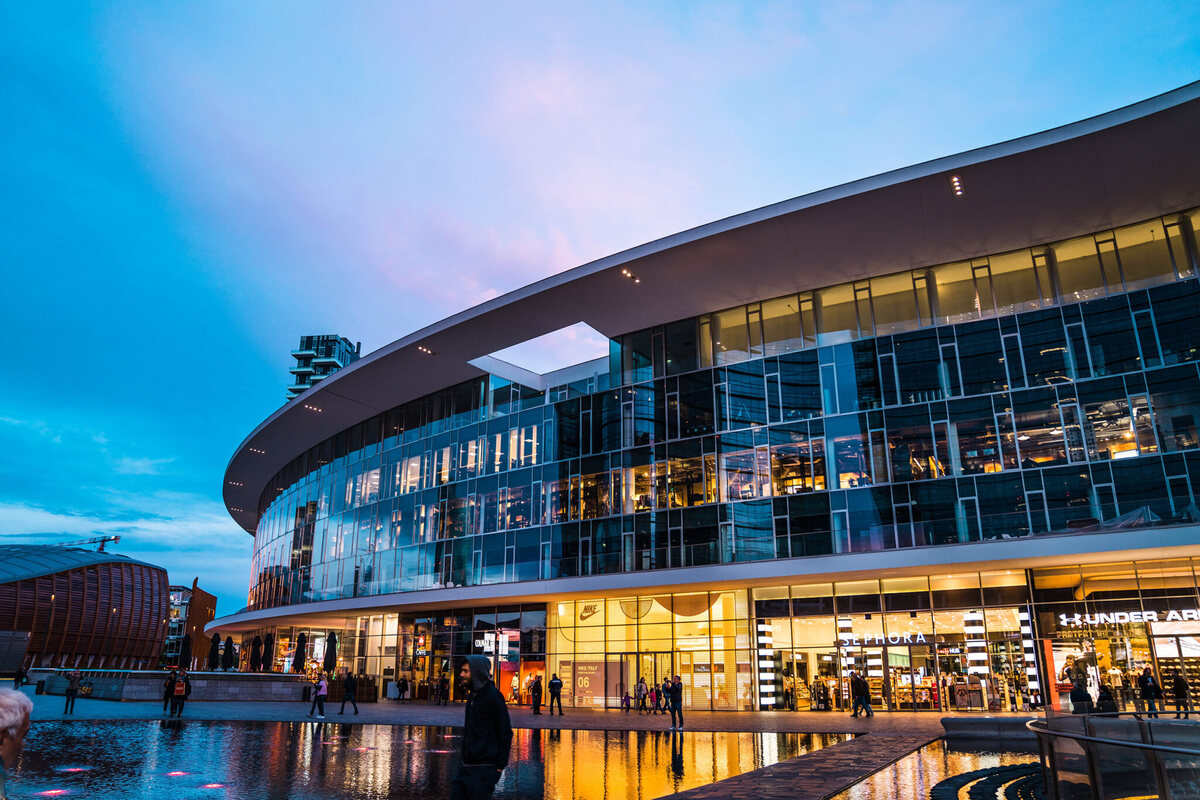

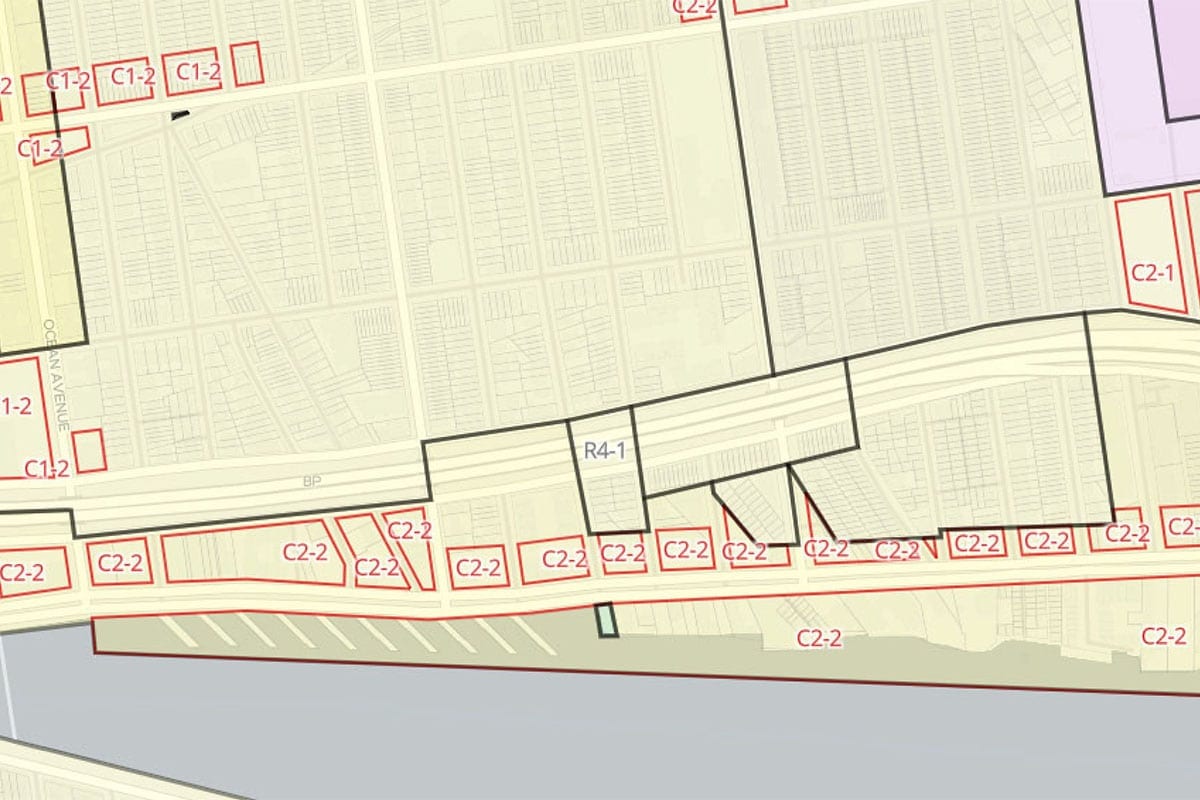
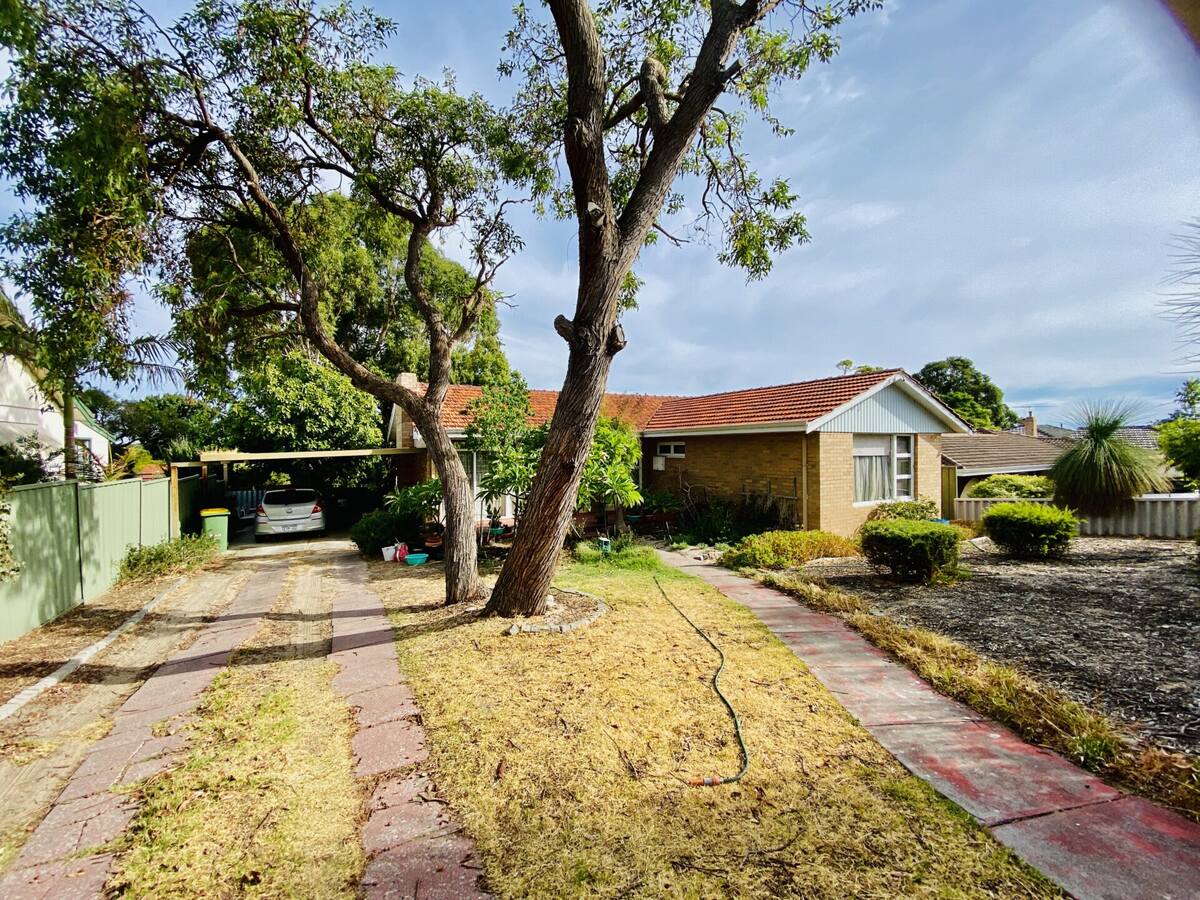
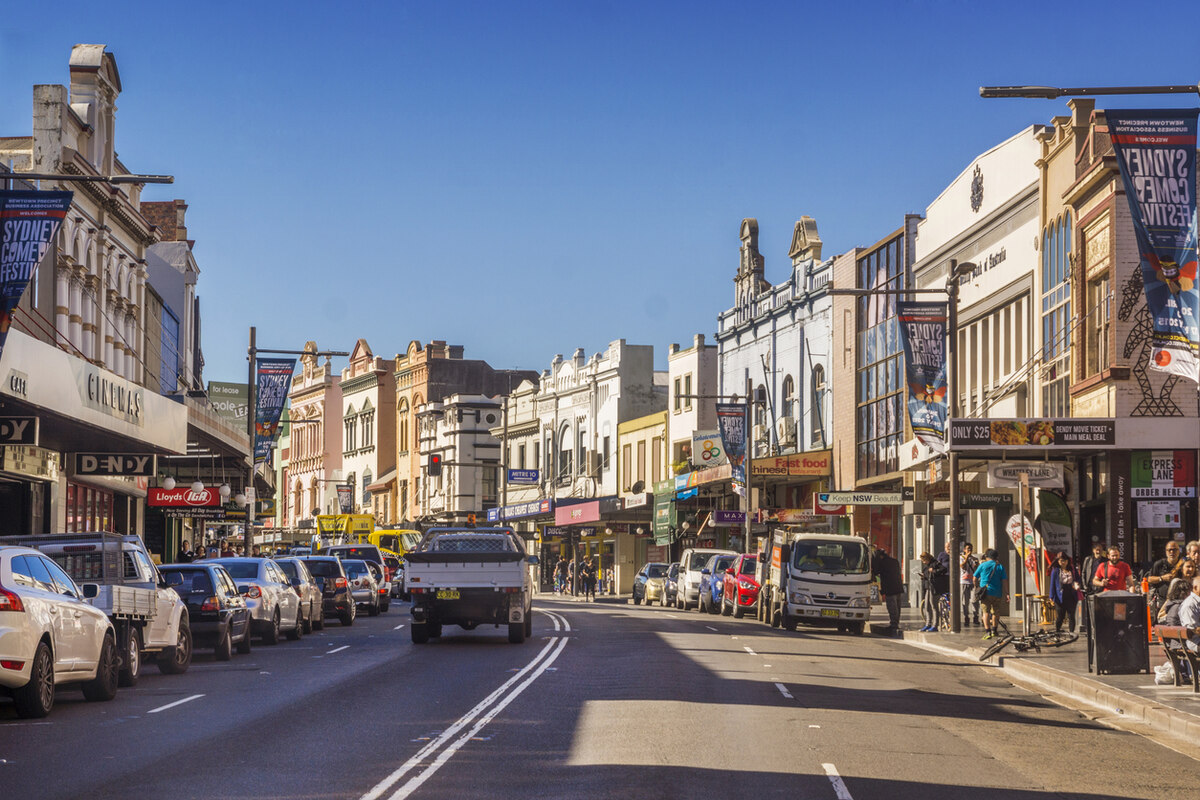
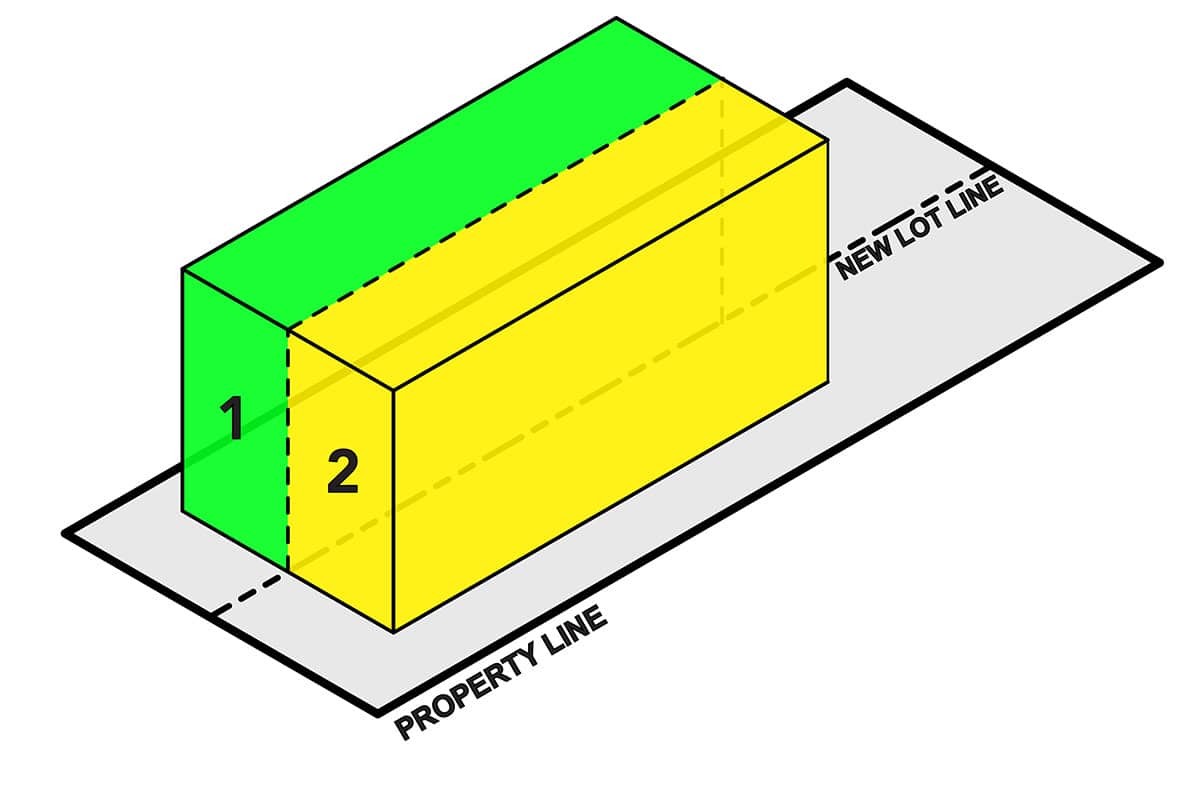
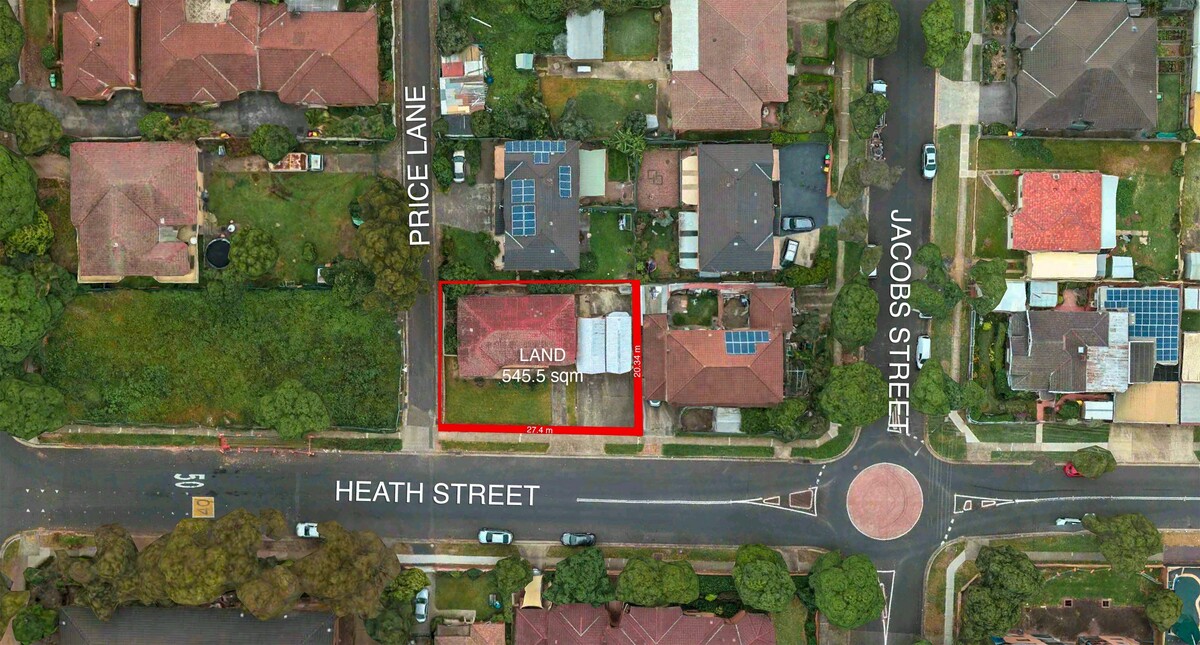
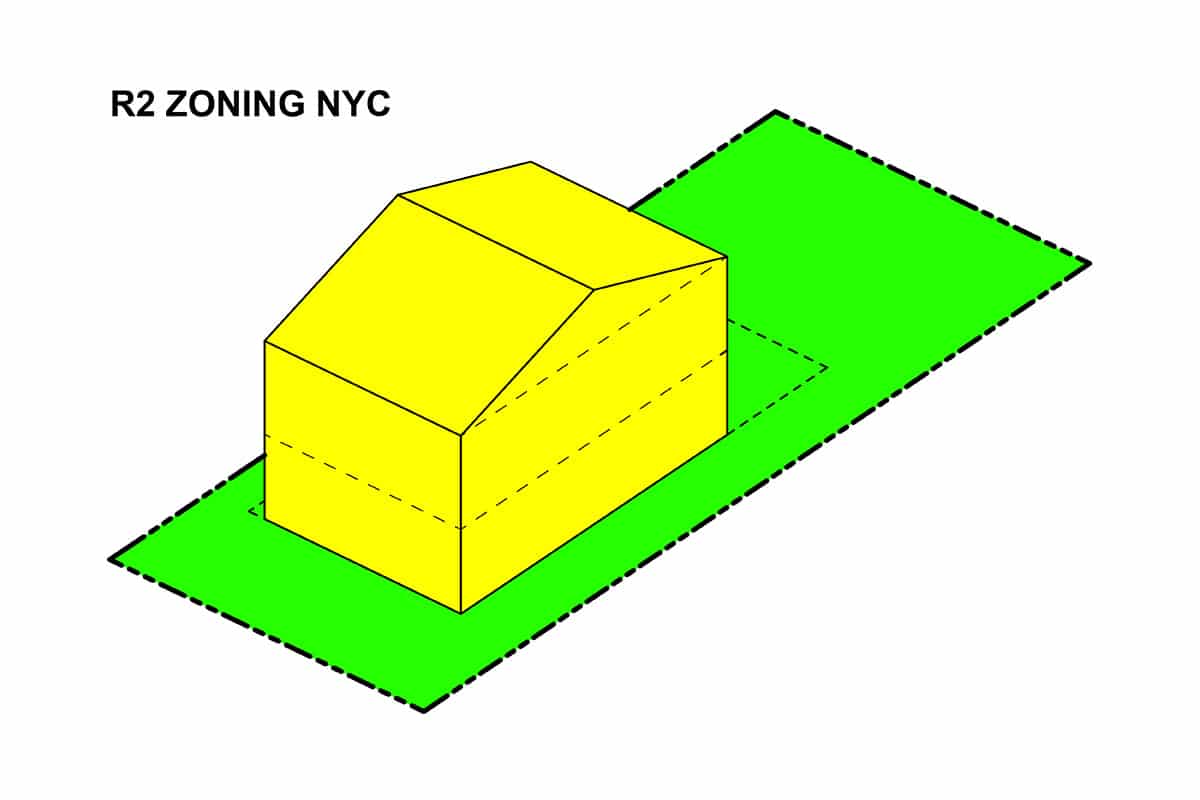
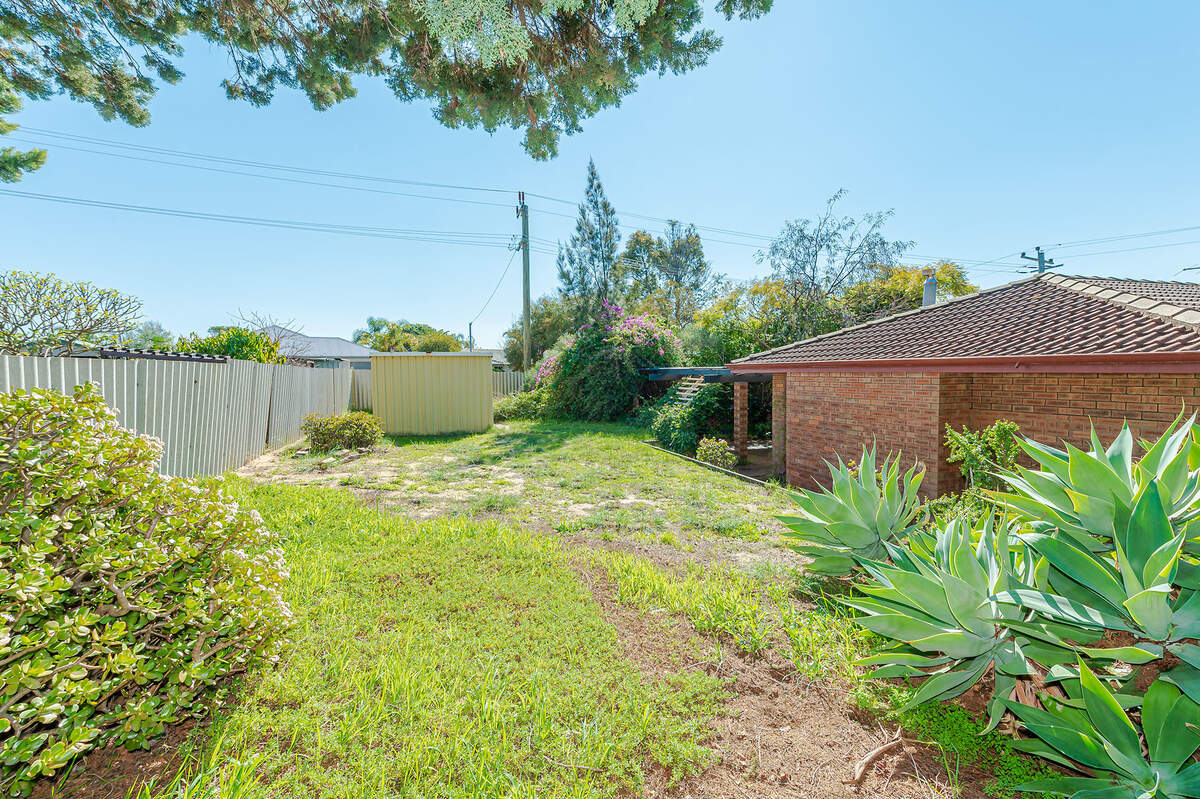
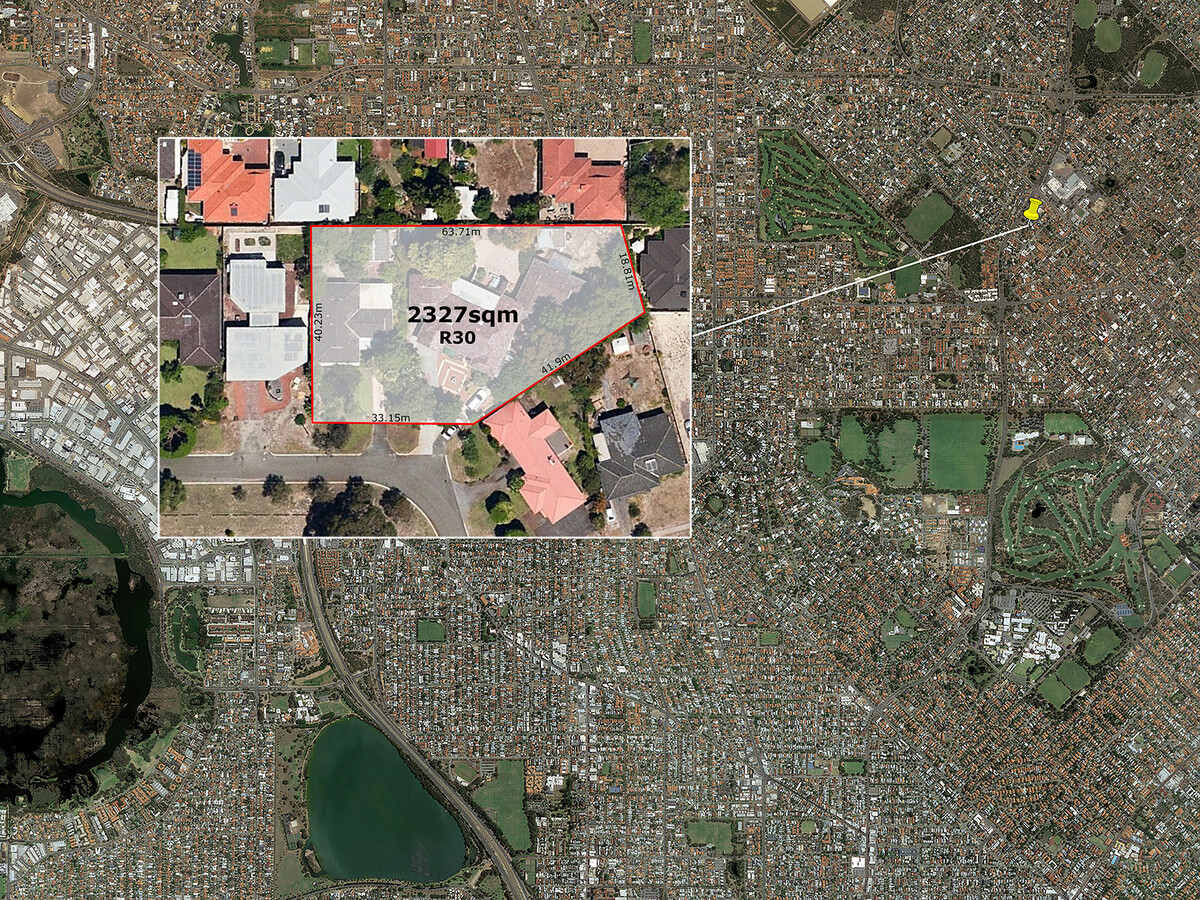


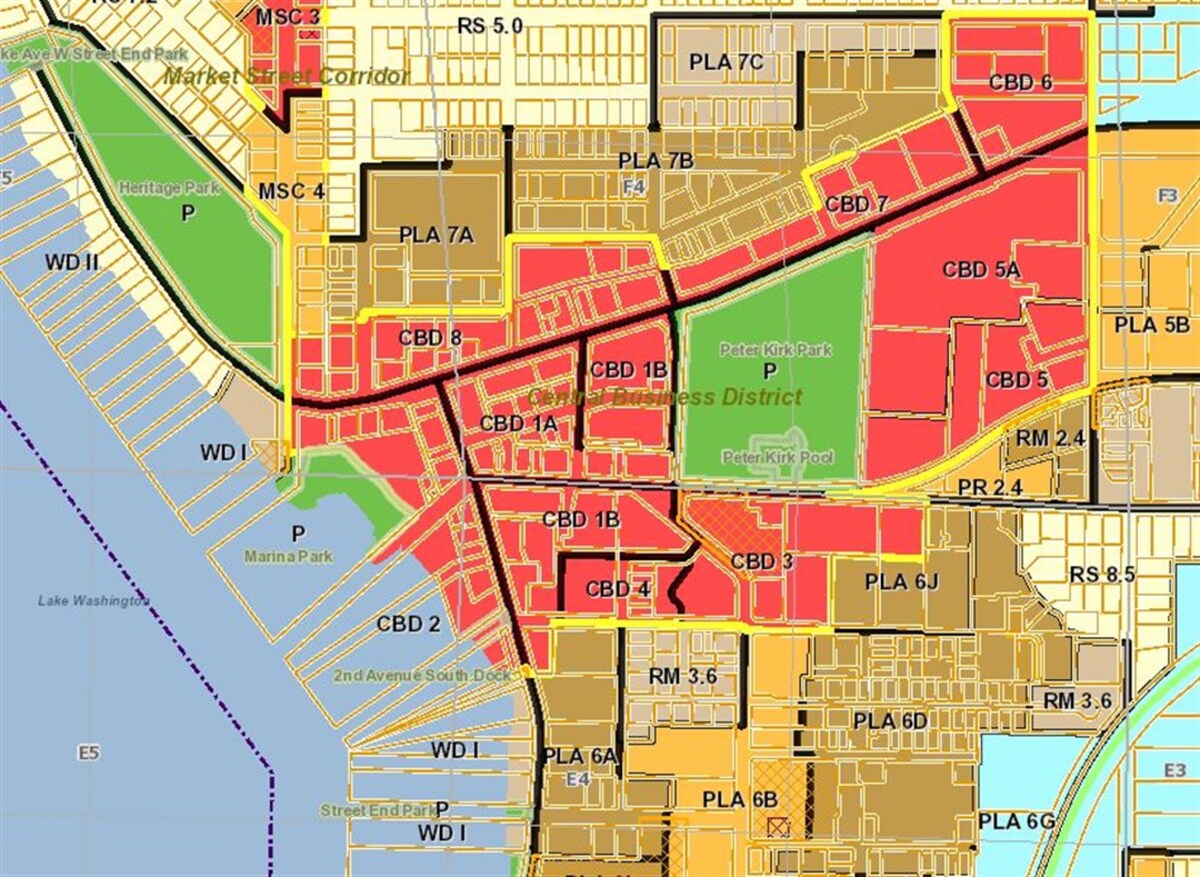
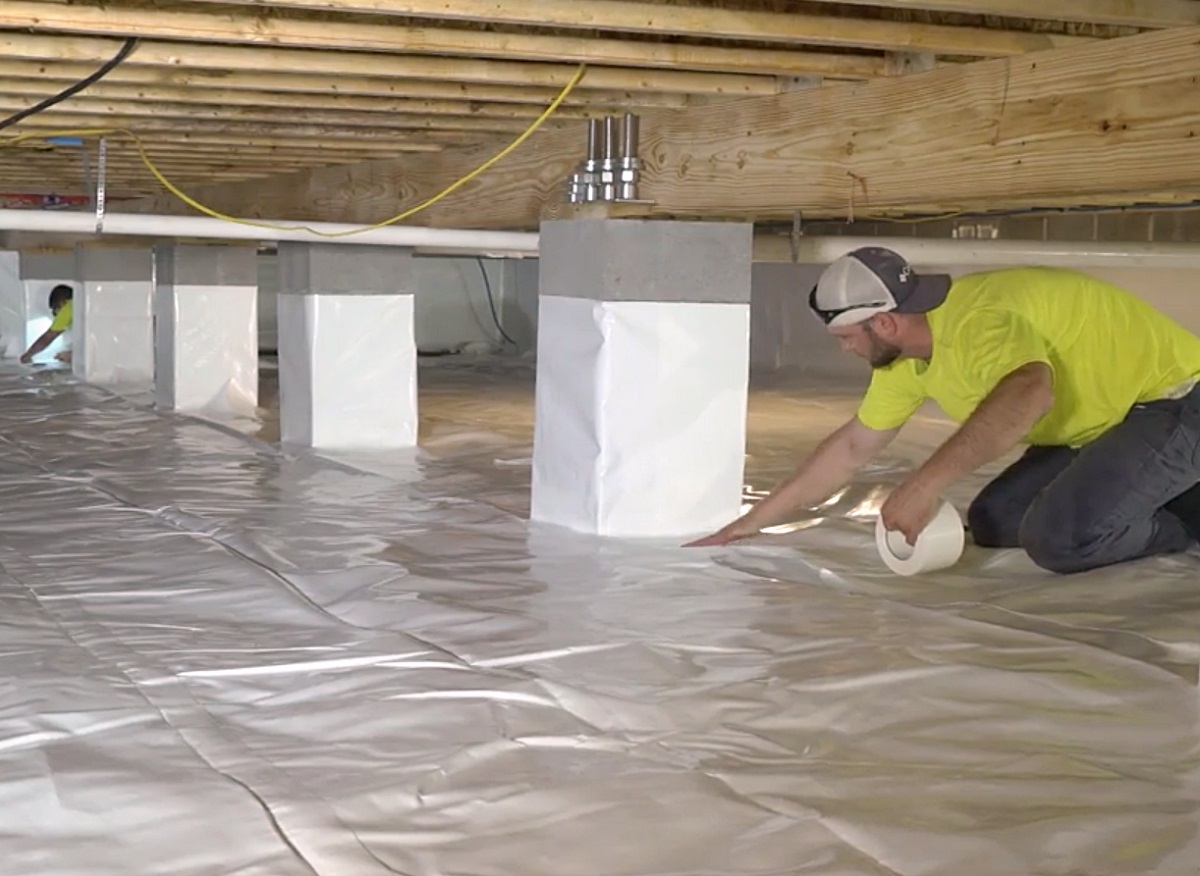

0 thoughts on “What Does Open Space Zoning Mean”